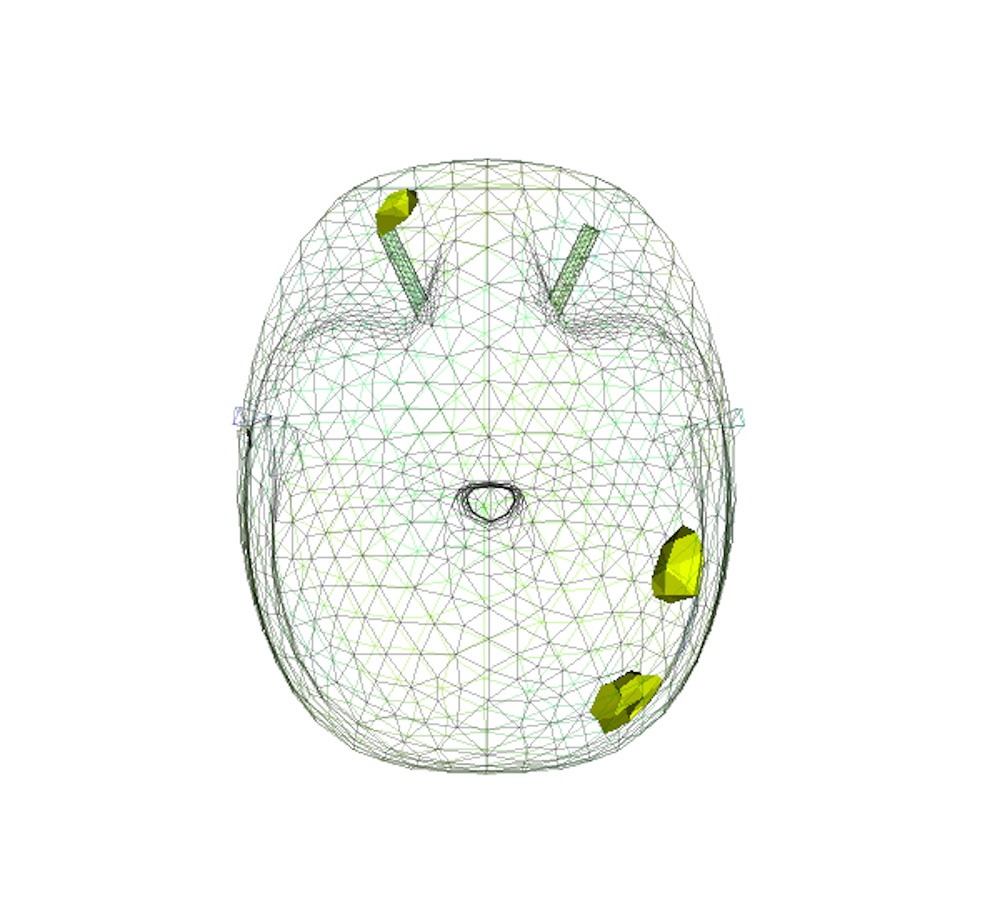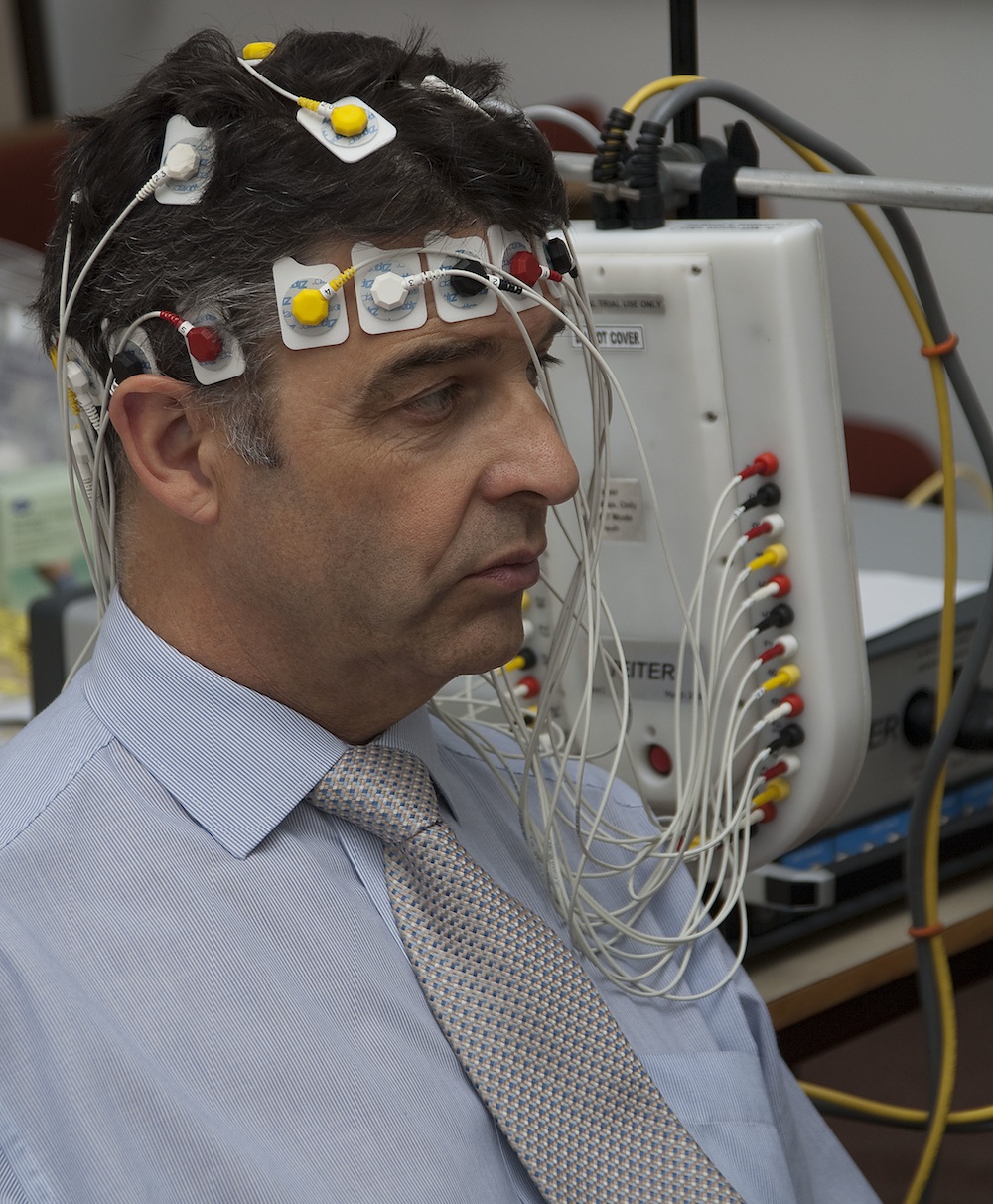Image Apple Pour Fond D Écran
3-D Images Reveal What Happens as Brain Loses Consciousness

New 3-D images reveal for the first time what happens inside the encephalon when a person loses consciousness, suggesting the mysterious sleeplike state occurs as electrical activity deep in the brain dims and connections between certain neurons suddenly interruption downwards.
"We have produced what I think is the first video in existence in the entire world of [the brain of] a patient being anesthetized," said report researcher Brian Pollard, of the Academy of Manchester. "We are seeing different parts of the brain, different areas, beingness activated and deactivated."

Loss of consciousness occurs when the brain is no longer aware of one'due south surroundings so the body stops reacting to the world around it. Scientists and doctors aren't sure how this happens, but distinguish information technology from consciousness, or the ability to understand, be self-aware and think in the unique way that humans practice. [Top 10 Mysteries of the Heed]
Previous theories, by Dr. Susan Greenfield of the University of Oxford, suggest that our brains are on a "dimmer switch," a theory supported by the new data. Here's how it works: When nosotros're awake, certain groups of brain cells interact and piece of work together to decipher data sent to the brain. When this "dimming switch" gets turned downward — as would happen with an anaesthetic drug — these brain-cell interactions don't work equally well together and communication between the groups is inhibited.

A new imaging method immune the researchers to monitor the electrical activity deep inside the brain in real time through 32 electrodes on the head of each study participant. Considering the electrodes monitor this activity 100 times per second, the researchers were literally able to watch as patients went from awake to an unconscious state.
With the technique, the team has studied the encephalon action in twenty good for you adults, who will serve as controls; the researchers will compare the brain activity of controls with that of patients undergoing surgery (and beingness "put nether"), and so they can go a improve handle on how a person loses consciousness. []
They have studied 17 patients losing consciousness so far, and all prove similar patterns of activity deep within the brain.
Pollard could even run across unconscious patients' visual cortex working when he appeared in their frame of view. "The patient is lying notwithstanding and quietly and there is some activity in the right hand side of the brain, what we suspect is the visual cortex," Pollard told LiveScience. "We observed in the brain the patient seeing me."
"Nosotros aren't entirely certain what it ways. We are seeing information technology for the first time," Pollard said.
The device could be useful for monitoring head injury, stroke or dementia patients, to meet how their encephalon activity changes with their condition, Pollard added.
The research will be presented at the European Anaesthesiology Congress on June xi.
Yous can follow LiveScience staff writer Jennifer Welsh on Twitter @ microbelover . Follow LiveScience for the latest in scientific discipline news and discoveries on Twitter @livescience and on Facebook .
Image Apple Pour Fond D Écran,
Source: https://www.livescience.com/14559-brain-losing-consciousness-3d.html
Posted by: collinsbetaletted.blogspot.com


0 Response to "Image Apple Pour Fond D Écran"
Post a Comment